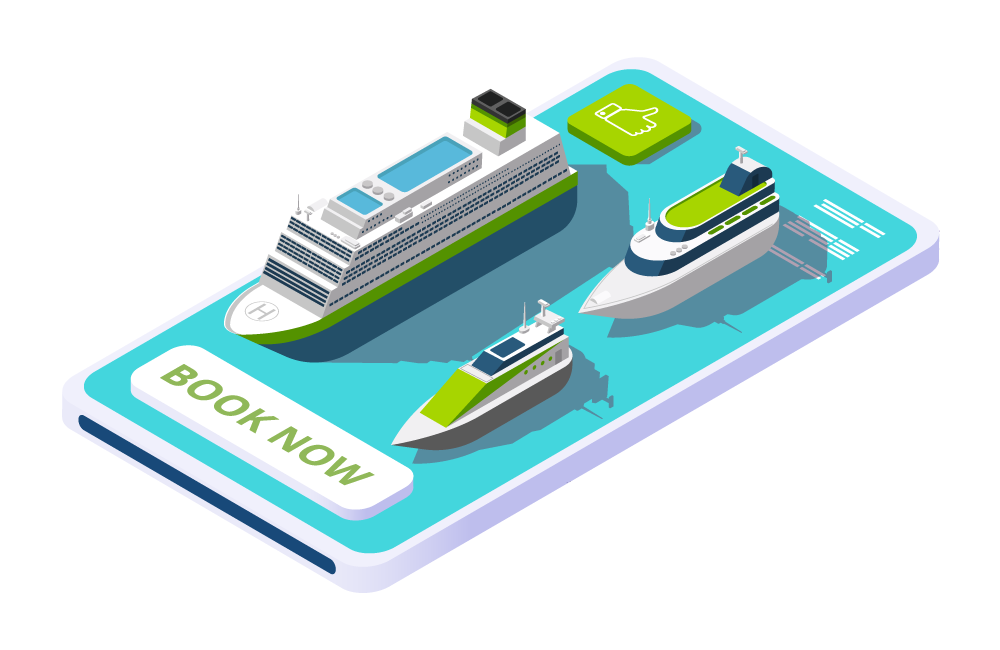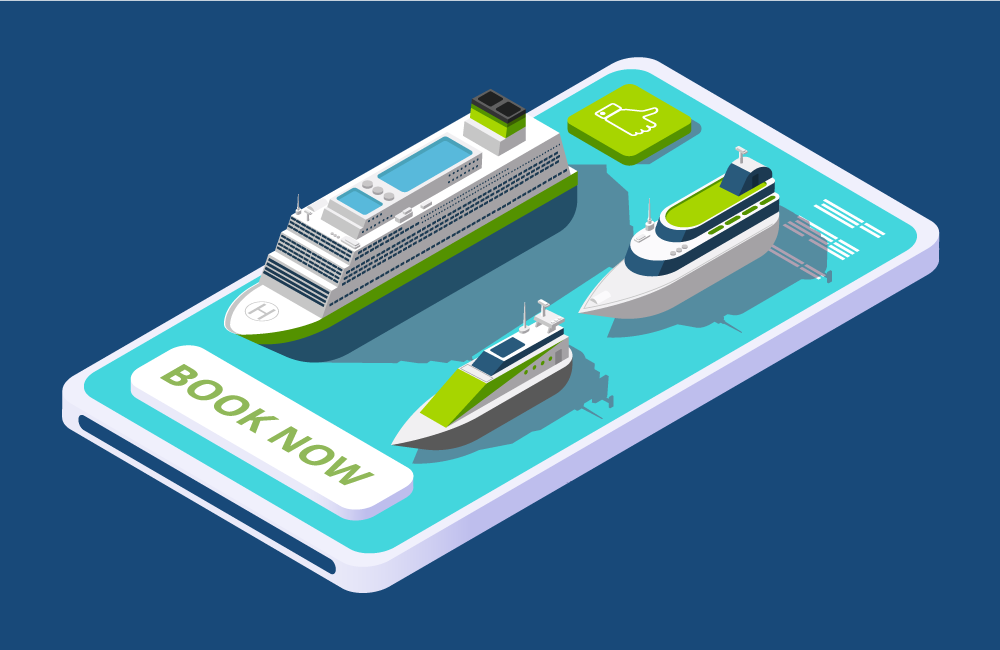
As a software development company specializing in cruise technology, Sourcetoad is very interested in the latest innovations in software and apps across the world of cruise and ferry. To help us stay informed, we publish an annual report that analyzes the current state of the cruise mobile app landscape. Since we first began publishing our yearly report in 2018, we’ve seen onboard apps become more alike in terms of features. Booking, folio, and ship tracking are now common in most guest apps, and can be considered standard features across the board.
Now that the cruise mobile app world has (more or less) reached feature parity, cruise lines are looking for new ways to help their apps standout, improve the onboard experience, and give themselves an edge on competitors. Below we discuss a few features cruise lines should consider as they plan their investments, along with some best practices that will improve the app experience.
Check out our in-depth discussion of how cruise app features have evolved since 2018.
Standout Onboard App Features
Features that are more challenging to reproduce across fleets are advantages:
Child Tracking
Integrating a child tracking feature into onboard apps provides peace of mind for parents, allowing them to monitor their children’s whereabouts on the ship. This feature ensures a safer and more enjoyable experience for families while onboard.
Waitlists for restaurants, excursions, and experiences
Enabling guests to join waitlists for popular restaurants, excursions, and onboard experiences through the mobile app enhances convenience and improves onboard efficiency. This feature saves guests time by eliminating the need for physical queues, providing a seamless experience while maximizing onboard enjoyment.
Wayfinding
A comprehensive wayfinding feature can assist guests in navigating the ship effortlessly. By integrating interactive maps, directions, and point-of-interest information, cruise lines can enhance the guest experience and reduce confusion or frustration for passengers.
Pre-cruise features
Pre-cruise is currently the most overlooked area for feature development. By offering guests the option to book excursions, sign up for activities, and make dining reservations prior to embarking, guests can build more anticipation for their vacation. By completing these tasks prior to the cruise, guests can focus more on enjoying their journey once they’re onboard. Afterall, who wants to spend their vacation filling out forms?
Shoreside functionality
Extending the app’s functionality beyond the ship allows guests to explore destinations seamlessly. By offering maps, local information, excursion booking, and real-time updates during shore excursions, cruise lines can further engage and assist their guests when they’re offship. Shoreside functionality makes the app feel more like a travel companion throughout the guest’s entire journey.
Best Practices for Onboard App Development
In addition to features, there are many other important things to consider when investing in an app, whether you opt for off-the-shelf or build your own.
UX
The first step to a good user experience is knowing your target audience. It’s very difficult to predict what you think your guest might want without actually talking to them! Before deciding on which features to include in a guest app, cruise lines should research what their customers want. Consider conducting interviews to gain insight into guest’s experience before, during, and after the cruise.
Testing
User testing is an essential step that many cruise companies overlook. Conducting tests with guests of different ages and technical abilities provides valuable feedback. Setting up hallway tests in high foot traffic areas allows for real-time interactions and insights to refine the app’s functionality and usability.
Accessibility
Cruise lines should always prioritize accessibility when designing their apps. Teams should consider color choices and fonts carefully, and follow the guidelines created by the Web Accessibility Initiative. Section 508 has a comprehensive Developer Guide that can help your teams know what to consider. We recommend taking accessibility seriously by training your developers; WebAIM offers affordable courses to certify developers in web accessibility.
Stability
Ensuring your app is stable with a low crash rate is also important. Many users get frustrated with frequent crashes and will stop using the app altogether, which can have a bad impact on the overall guest experience. We recommend that cruise lines use tools like Sentry Logs to monitor errors and crashing, and address any issues promptly.
Check out our App Report Archive for our in-depth analyses of cruise apps and their features.
Simply offering a mobile app is no longer a way to impress guests in the cruise and ferry world. To stand out in a competitive industry, cruise lines must continue to innovate. The modern guest has high expectations for onboard apps to make their vacation more convenient and enjoyable. By investing in new features such as child tracking, waitlists, wayfinding, shoreside capabilities, and pre-cruise features, cruise lines can improve the guest experience and maintain a competitive edge. In addition to app features, it’s also vital for cruise lines to understand and follow best practices during the app development process. Cruise lines should conduct thorough testing to assess the user experience, ensure app stability by monitoring crashes and errors, and remember that accessibility should be non-negotiable.
At Sourcetoad, we are committed to helping cruise lines deliver exceptional guest experiences. Our OnDeck suite of cruise and ferry solutions includes onboard middleware, IOT management, an out-of-the-box mobile app with the latest in onboard communication technology, and much more!
If you have questions about digital innovation for cruise and ferry, get in touch to schedule a 30-minute call or demo. We’d love to learn more about your challenges and explore ways we can solve them together.

